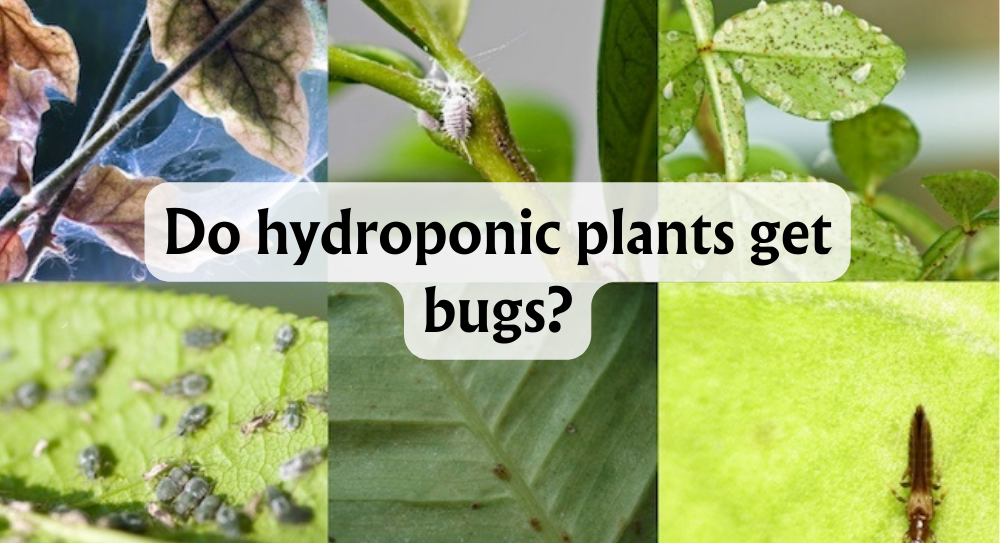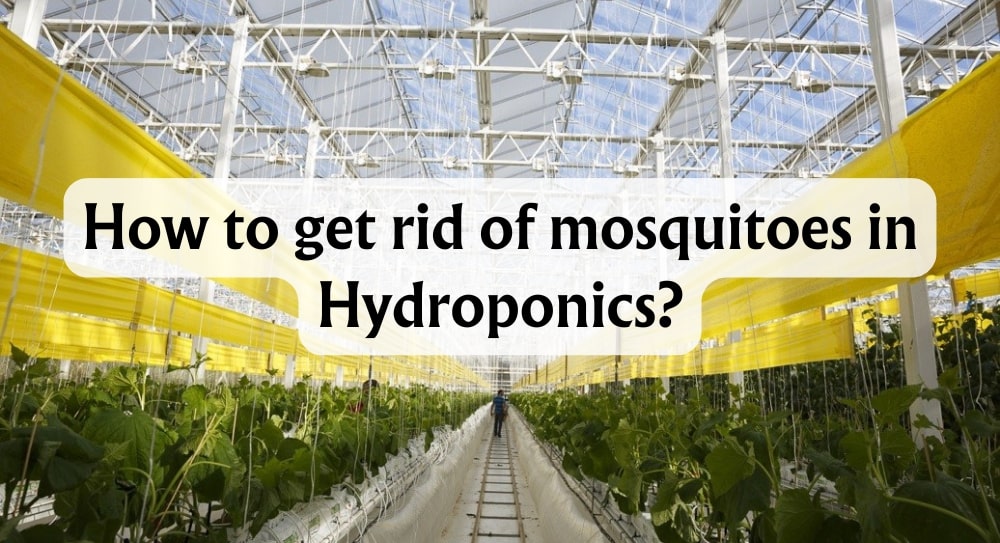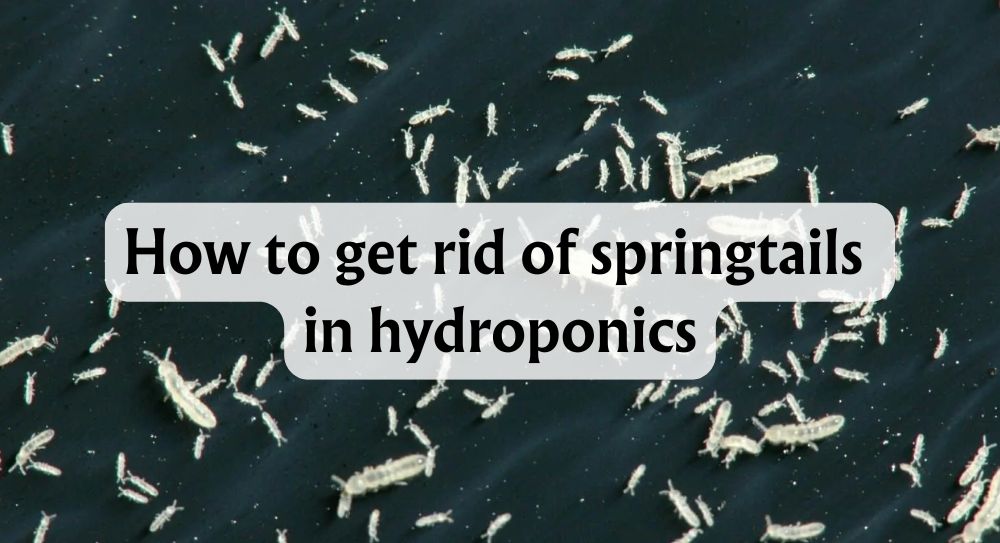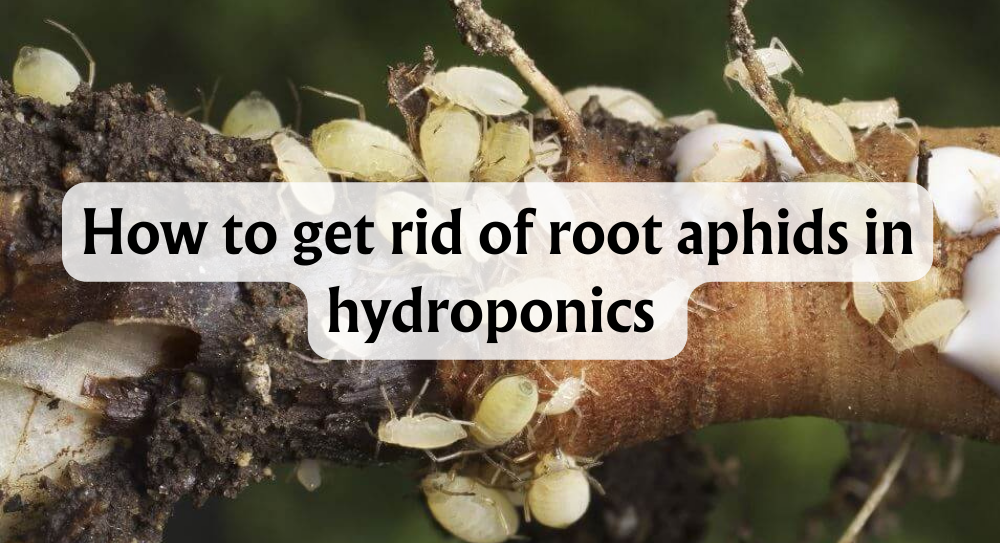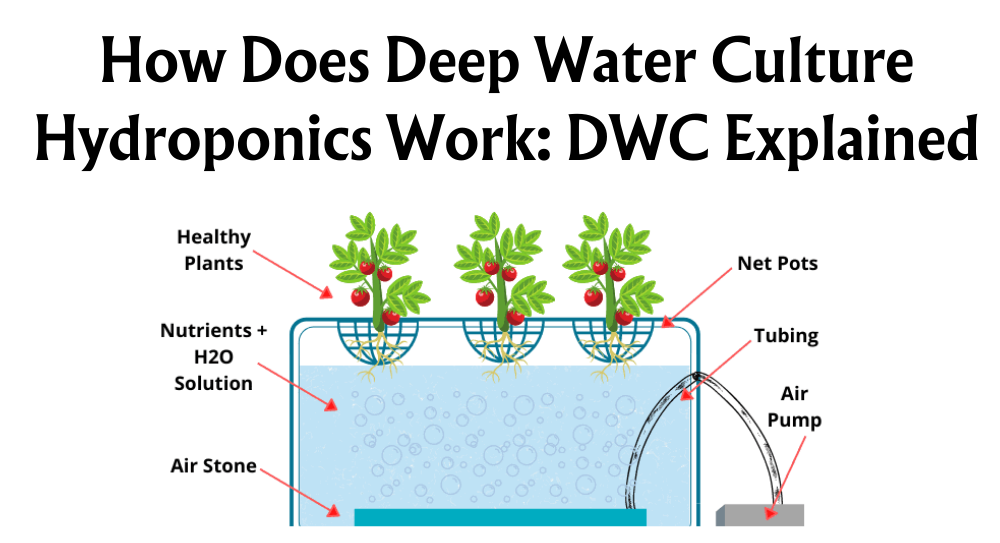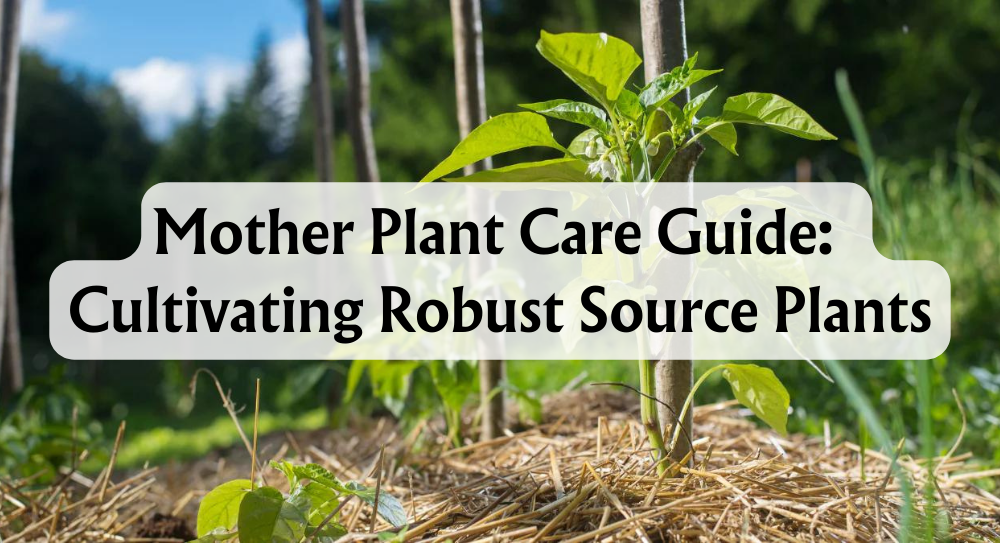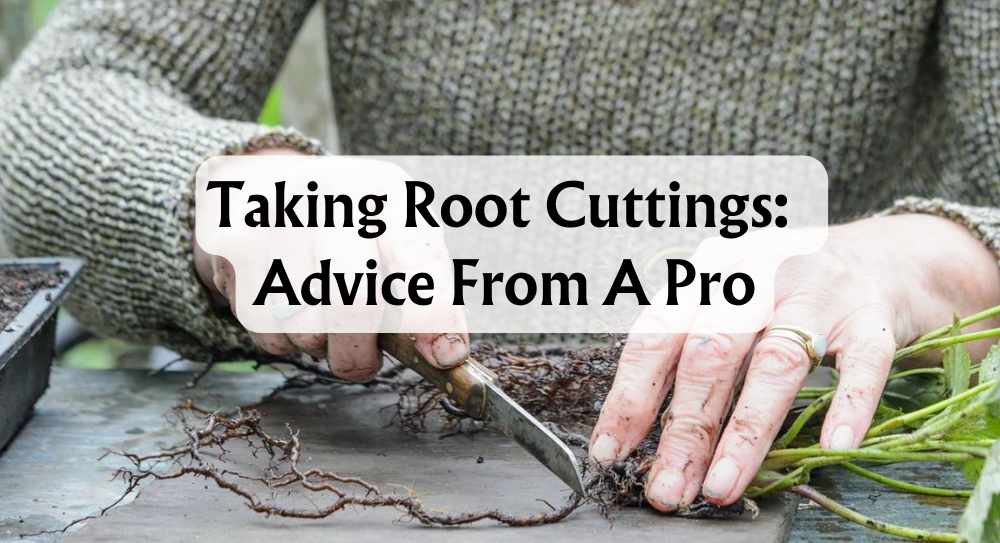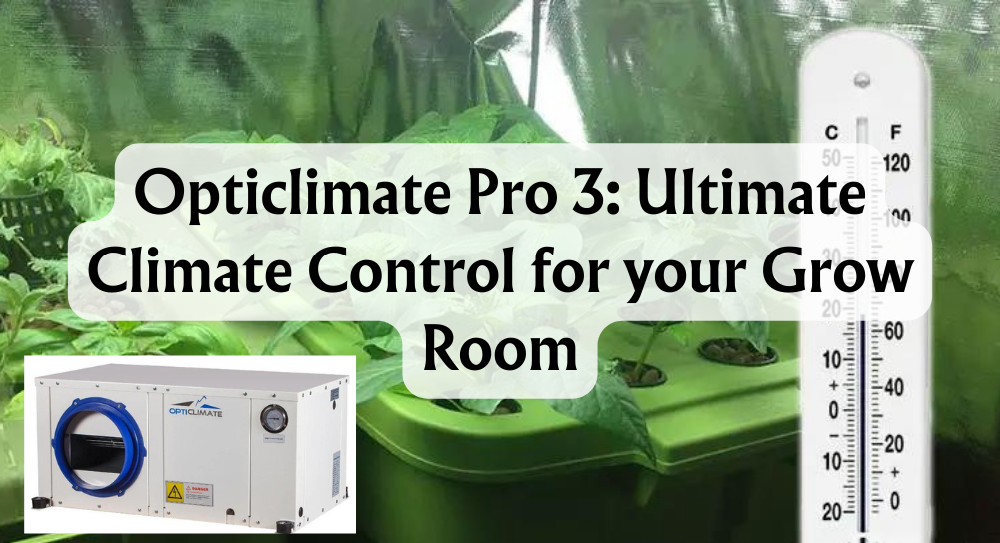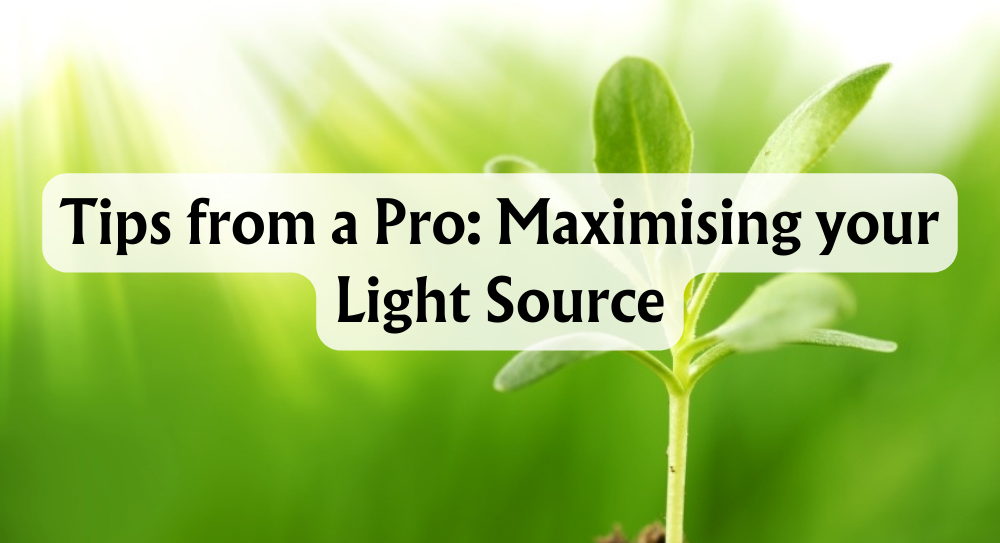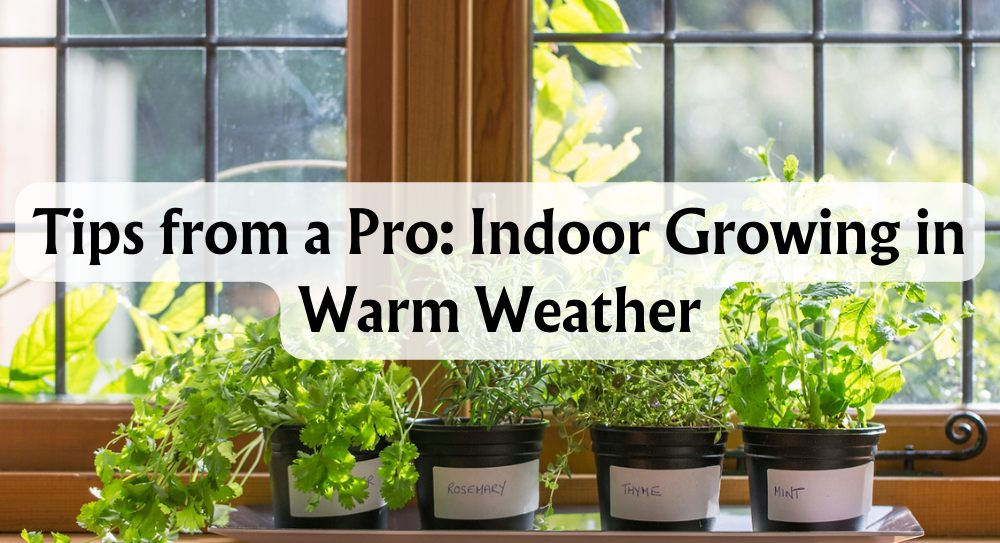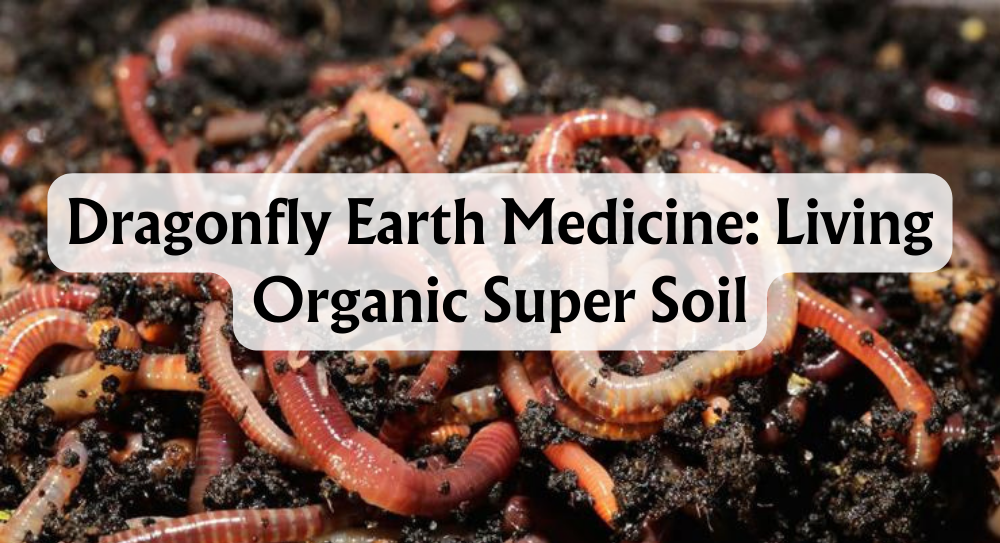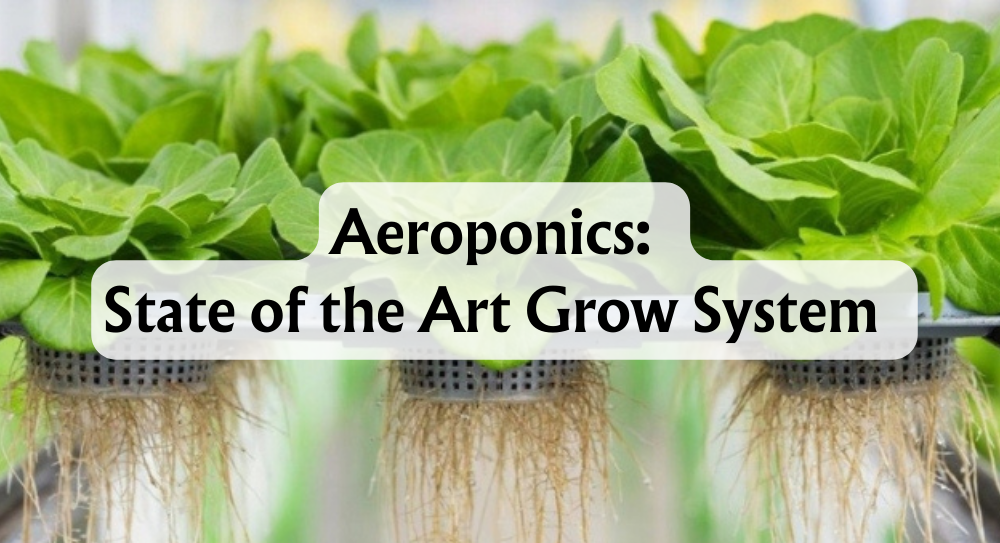Do Hydroponic Plants Get Bugs?
When we talk about hydroponics, we're diving into a method of growing plants without soil, using solutions of water and nutrients instead. This form of gardening has become vastly popular for many reasons, from its water efficiency to the ability to produce crops all year round, regardless of traditional growing seasons. It's a fantastic space-saver too, making it ideal for urban environments where we don't always have the luxury of large gardens.
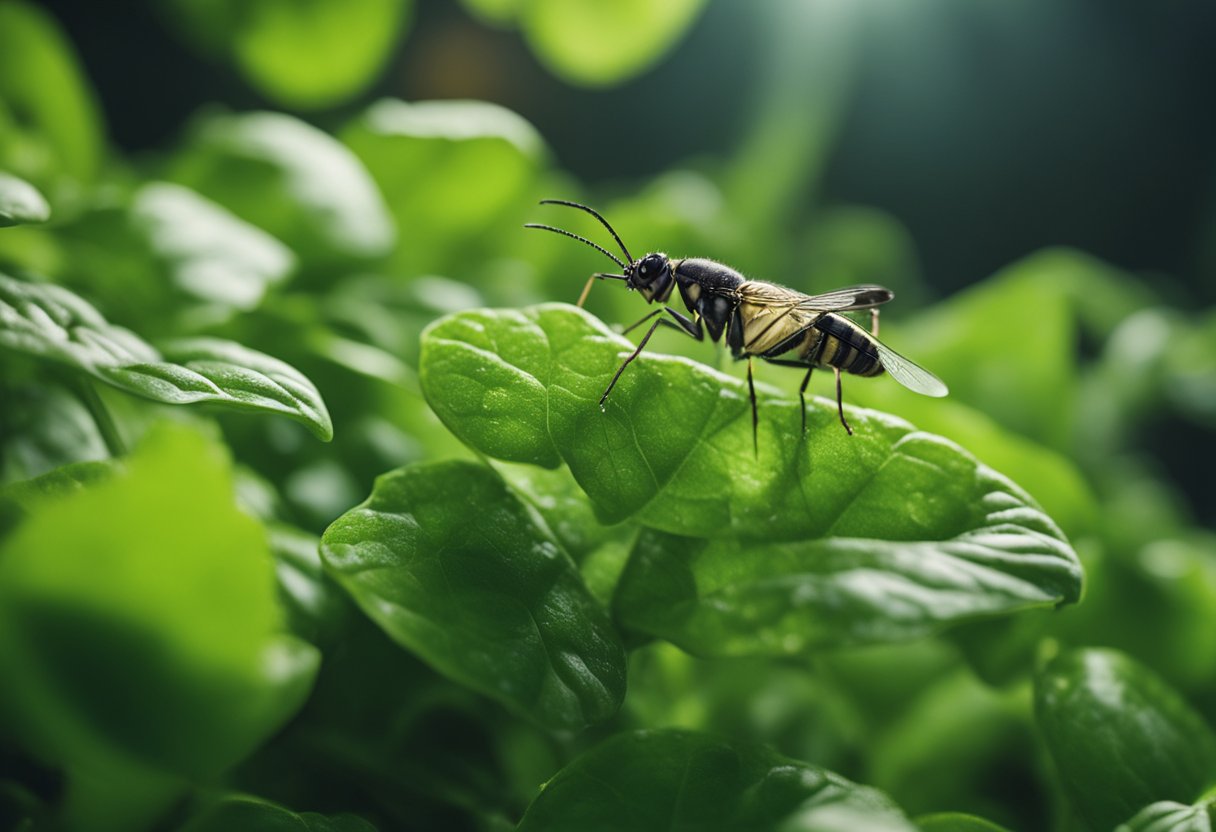
However, as we find with all forms of cultivation, pests and diseases can creep in, even in an indoor hydroponic garden. While we might imagine that these controlled environments are immune to bugs, reality tells us a different story. Pests are drawn to plants no matter where they grow, and our hydroponic havens are no exception. As we navigate through our lush green setups, we'll share how to identify these uninvited guests, discuss prevention strategies, and explore effective control methods to keep our vegetation vibrant and thriving.
Key Takeaways
- Hydroponics allows for efficient water usage and year-round planting in small spaces.
- Pests still affect hydroponic systems, posing challenges to plant health.
- It's crucial to identify common pests and apply appropriate prevention and control methods.
Why Pests Occur in Hydroponics
Firstly, our beloved water in hydroponics can be a double-edged sword. It’s essential for the plants, of course, but stagnant water or poor drainage can be a breeding ground for pests. Nobody wants mosquitoes treating our water reservoirs like a holiday spa!
Then there's humidity. Many bugs are quite the social butterflies when it comes to a moist environment. Let's face it, we wouldn’t mind a tropical holiday ourselves, so can we blame them? High humidity levels, which are common in enclosed systems, can invite pests to settle down and start families in our greens.
A bit like Goldilocks, pests are always on the lookout for just the right conditions – not too hot, not too cold, just the right amount of nutrients and water. Unlike soil, which can hide a multitude of sins (and predators that could naturally control pest populations), hydroponic systems can become a bug buffet if we're not careful.
We know overwatering in soil-based gardens is a no-no, and the same principle applies in hydroponics. Overwatering can cause a lack of oxygen leading to root rot – that's setting a table for pests!
And, let’s chat about plant space. Cramped conditions can stress out our plants, making them magnetically attractive to pests that are looking for weak spots.
Here’s a quick rundown to help you visualise:
| Factor | Pest Appeal |
|---|---|
| Stagnant Water | Breeding grounds for mosquitoes |
| High Humidity | Ideal for pest reproduction |
| Rich Nutrients | Buffet for pests |
| Poor Drainage | Stagnant water and root stress |
| Overwatering | Root suffocation and rot |
| Lack of Predators | No natural pest control |
In essence, if we give pests an inch of our precious hydroponic space, they'll take a mile. It's up to us to keep conditions less homely for them and heavenly for our plants!
Most Common Hydroponic Pests
While we might hope our hydroponic plants are safe from the critters that bother soil-grown counterparts, that's sadly not the case. In fact, some pests find the warm and moist environment of our hydroponic systems quite cosy. Let's meet the common hydroponics pests who can damage your plants and turn your green thumbs grey.
Aphids
Identification: You'll spot these tiny pests as small, pear-shaped insects that can be green, black, brown, or pink.
Damage: Aphids are sap-suckers, causing leaves to distort and stunt plant growth.
Life Cycle: They reproduce rapidly, with females giving birth to live young without mating.
Disease Transmission: They can spread viruses between plants as they feed.
Spider Mites
Identification: These minuscule mites are less than 1mm and can be red or pale.
Damage: We'll see fine webs on plants, along with yellowing and wilted leaves from their sap-feeding.
Life Cycle: Their life cycle is swift, developing from egg to adult in as little as a week under warm conditions.
Disease Transmission: While not known for disease transmission, they can weaken plants significantly.
Thrips
Identification: Thrips are slender, tiny insects with fringed wings.
Damage: Thrip damage appears as streaks and silvery speckling on leaves due to their sap-feeding habits.
Life Cycle: They can reproduce both asexually and sexually, laying eggs in plant tissue.
Disease Transmission: They are infamous for transmitting viral infections like Tomato Spotted Wilt Virus.
Whiteflies
Identification: Tiny, white-winged insects resemble miniature moths.
Damage: Similar to aphids, they suck plant sap, causing yellowing, and weakness in plants.
Life Cycle: With a rapid life cycle, they can overwhelm plants due to their swift population growth.
Disease Transmission: Whiteflies are known to transmit several plant viruses.
Fungus Gnats
Identification: These are small, dark, mosquito-like insects.
Damage: Their larvae feed on plant roots, which may result in visible plant stress.
Life Cycle: The life cycle from egg to adult can be as short as three weeks.
Disease Transmission: Whilst they don't typically transmit diseases, they can carry fungal pathogens.
We're not powerless against these pests. Introducing beneficial insects like ladybugs and lacewings helps, as does using sticky traps to monitor and reduce their numbers. For persistent problems, neem oil has been known to be effective while still being kind to the environment. By understanding the life cycles and habits of these common pests, we equip ourselves with the knowledge to protect our hydroponic greenhouses effectively. Remember, our goal is to maintain a thriving ecosystem that minimises the impact of these pests.
Prevention
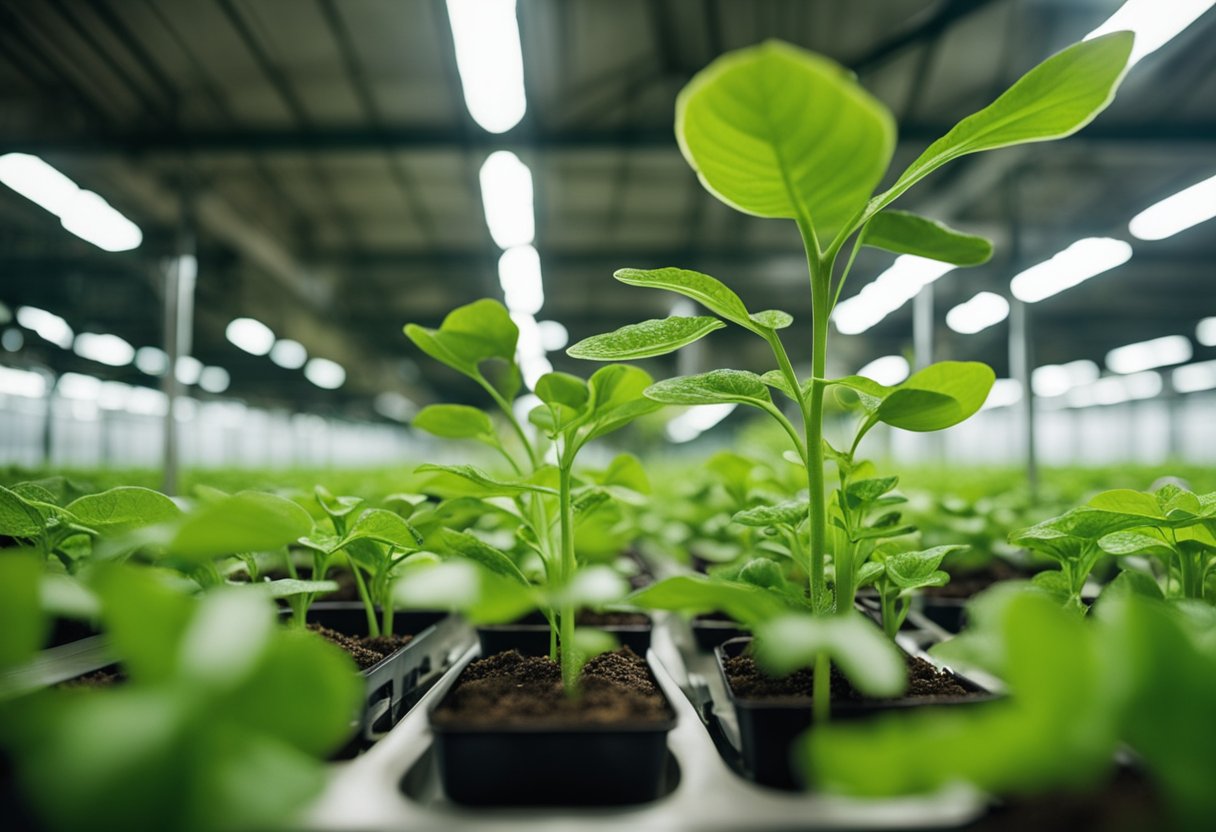
So how can we stop those pesky bugs and diseases from crashing our hydroponic party? It’s all about prevention. Keeping our green friends safe in their watery haven is a bit like being the coolest bouncers in the plant world – we’ve got to stay vigilant and not let the wrong guests in.
Regular Inspections
Would you let just anyone march into your garden? We think not! Here’s how we keep unwelcome pests at bay:
- Scrutinise new plants meticulously before introducing them to the system.
- Stay sharp and check for hitchhikers on all gardening tools and equipment.
Optimal Conditions
Creating the ultimate environment isn’t just for pampering our plants; it also wards off the baddies. Let's nail these conditions:
- Balance the humidity because dry air is a big yes for spider mites.
- Keep those fans running to simulate a gentle breeze and dissuade flying pests.
Sparkling Clean Systems
Remember, cleanliness is next to godliness—even in hydroponics! Here are our golden rules:
- Sanitise everything, from reservoirs to pipes, on the regular.
- Prune with purpose, removing dead or diseased bits promptly.
Vigilant Monitoring
Got your detective hat on? Good, because we need to spot trouble before it escalates:
- Use sticky traps to catch early invaders.
- Use a magnifying glass to inspect leaves like a pro botanist and don't forget the underside!
Swift Isolation
Act fast and act smart when we spot an invader. Here’s the drill:
- Quarantine buggy plants faster than you can say "hydroponic hero."
By staying on top of these steps, we not only show bugs and diseases the door before they enter but also save ourselves a heap of trouble.
Control
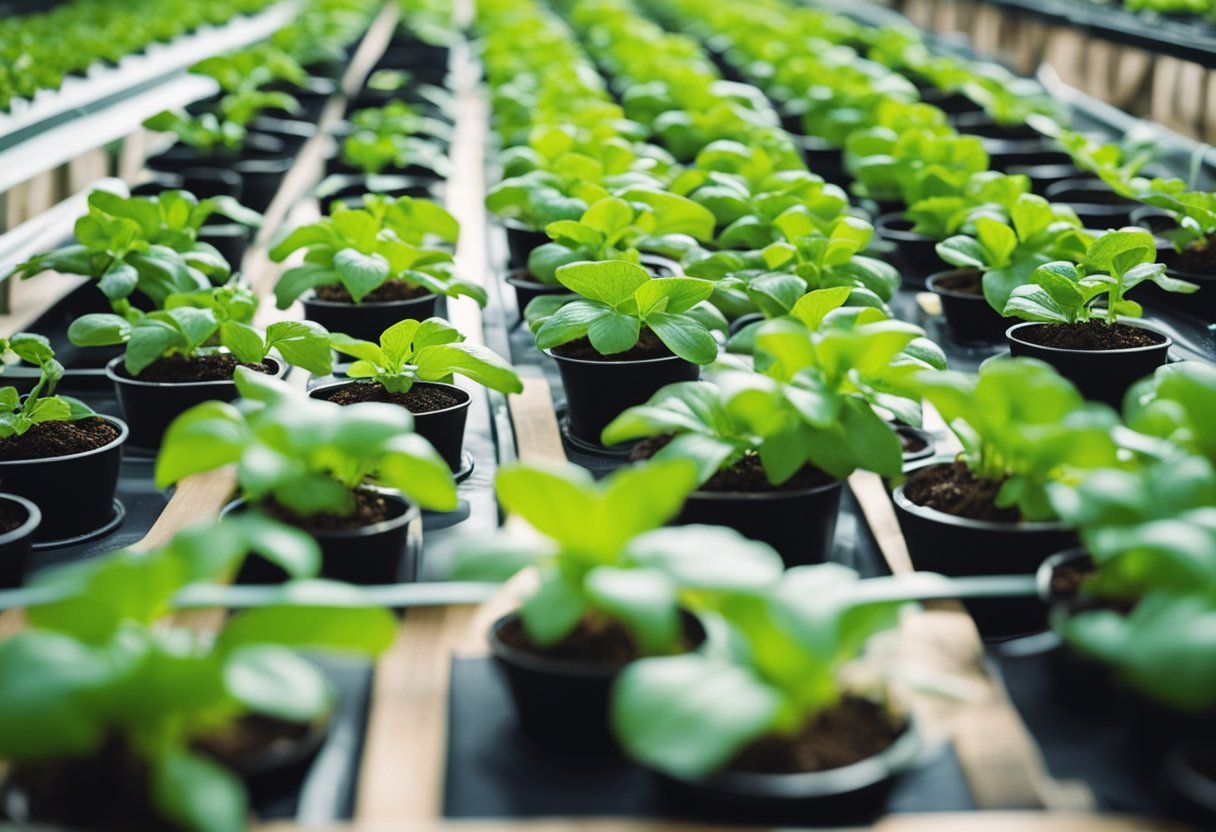
When pests sneak into our hydroponic paradise, it's time for action. We've got a range of tricks up our sleeve to regain the upper hand.
Mechanical Methods
These are your hands-on tactics to wrestle back control:
- Pruning: Snipping away the infested parts of plants can limit pest spread.
- Washing: A blast of water or wiping leaves with a damp cloth can dislodge critters.
- Vacuuming: Literally suck the pests away from your plants.
These steps are quite direct but can be time-consuming and may not be practical for large infestations.
Biological Methods
Sometimes, we've got to fight nature with nature:
- Beneficial Insects: Ladybirds are natural predators to aphids, and they love to help out.
- Nematodes: Introducing these microscopic worms can control soil-dwelling pests.
- Natural Predators: Spiders and other predatory insects can be the guardians of your garden.
The plus side is sustainability, but the balance of power can be delicate and needs careful management.
Chemical Methods
If the above isn't cutting it, we might consider some chemical assistance, but always with mindfulness towards organic options.
- Insecticidal Soap: Great for soft-bodied pests and is a gentle nudge rather than a knockout punch.
- Neem Oil: Extracted from the neem tree, it interrupts the life cycle of pests.
- Pyrethrin: Derived from chrysanthemums, pyrethrins can deter a wide range of pests.
- Fungicide: For those pesky fungi that are not actually insects but can still wreak havoc.
Chemical methods vary in their environmental impact, and it's crucial to weigh this against the need for pest management. The aim is to control pests effectively without trading one problem for another.
Identifying Pests and Diseases
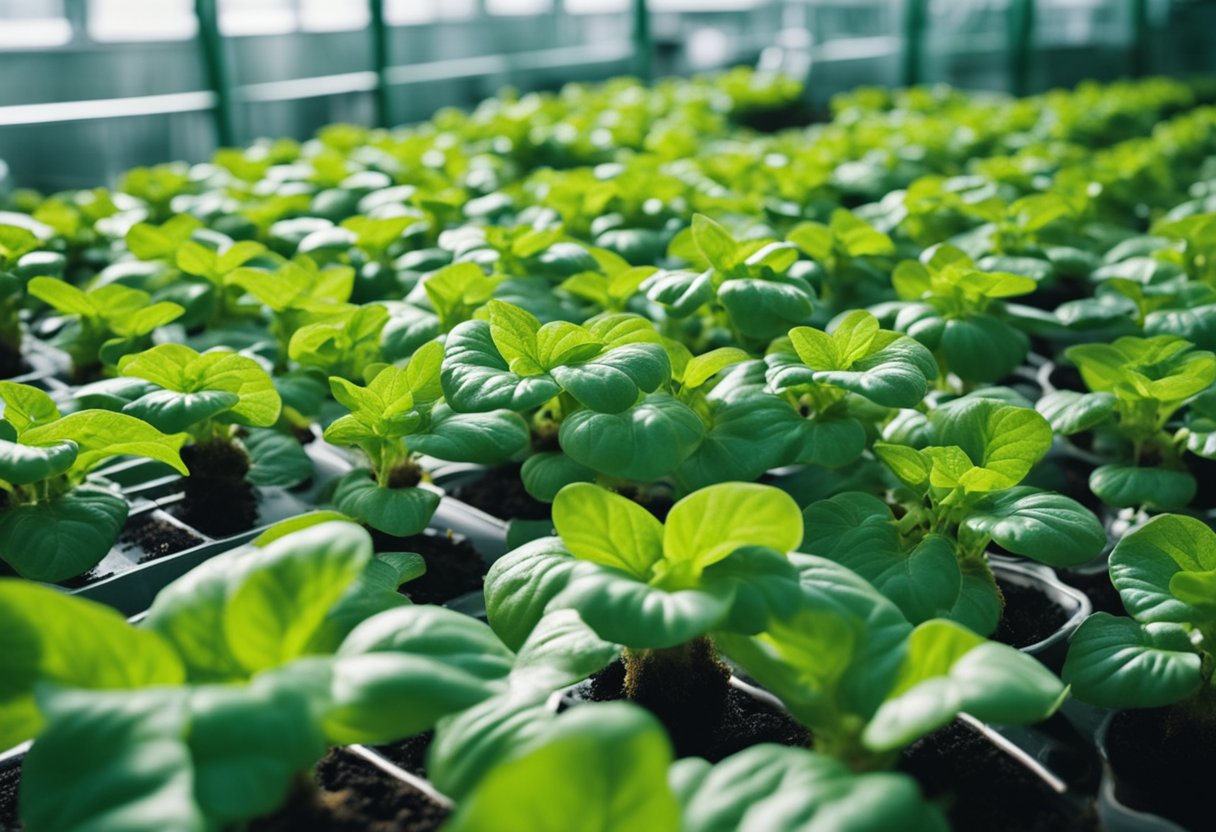
Have you ever peered into your hydroponic haven and noticed something's not quite right? Maybe the leaves on your basil are looking a bit yellow or there's a mysterious powder on your petunias. We've all been there! Let's not panic though and instead get down to pinpointing what pesky invaders might be gate-crashing our plant party.
Common Pests:
- Aphids: Tiny critters loving a sap feast, often leaving a sticky mess, which we call honeydew.
- Spider Mites: Almost microscopic bugs, but they give themselves away with fine webs and spotted leaves.
Tell-tale Signs of Pests:
- Discolouration: Yellow leaves can be a red flag.
- Stickiness: That's the honeydew talking, and it's not as sweet as it sounds.
- Webbing: Spot any fine silk? That's spider mites throwing a rave.
Frequent Diseases:
- Powdery Mildew: Resembles a dusting of flour, which isn't great for our greens.
- Root Rot: Overwatering's nemesis, turning our roots into mushy no-goes.
- Grey Mold: Spotted a fuzzy, grey growth? That's grey mold gate-crashing the party.
Symptoms to Watch For:
- Powdery Residue: Like someone's been baking with our plants.
- Slimy Roots: If they're looking unappetising, it's time for action.
- Mouldy Bits: Grey and fuzzy equals trouble.
While combatting these uninvited guests, remember to check the underside of leaves, and yes, even the healthy-looking ones. Keeping on top of cleanliness is crucial. We suggest sticky traps for a sneak peek at what's creeping around. Keep those hydroponic beauties thriving, free from the clutches of bugs and bacteria!
Environmental Controls
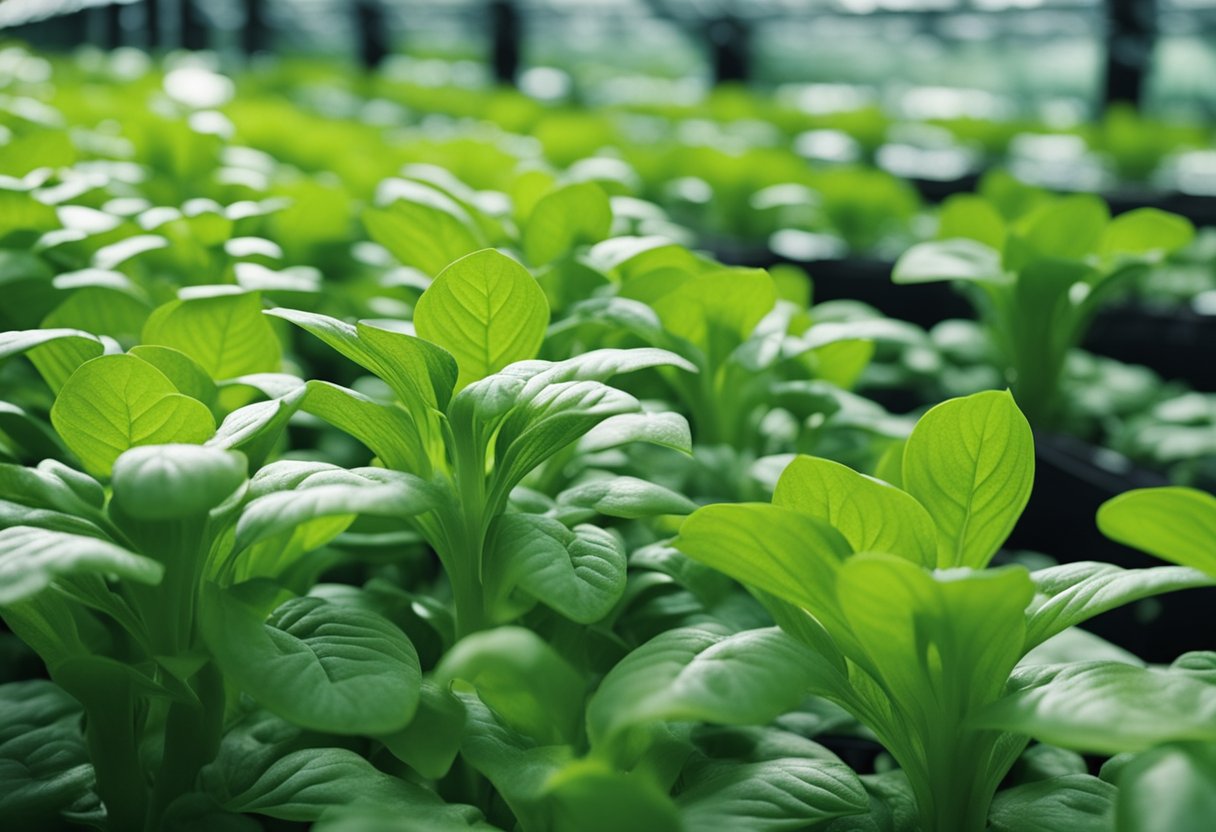
Hey there, fellow plant enthusiast! We're diving into how a bit of tweaking in our grow room can keep those pesky bugs at bay. You know, pests just love to crash the party in our garden, but with the right environmental controls, we can keep our hydroponic plants healthy and bug-free.
Temperature: It's a balancing act; too hot and our plants get stressed, inviting spider mites for dinner. Too cold, and we might as well roll out the red carpet for fungus. Aim for that sweet spot, typically between 18°C and 24°C, to keep the pests guessing.
Humidity: Turns out, pests are picky about humidity too! Keep your grow room's humidity at around 50%. Why? Well, spider mites despise moisture, and the right humidity also helps plants to fend off any winged invaders.
Here's a handy checklist:
- Consistently monitor the temperature and humidity.
- Use dehumidifiers or humidifiers to adjust levels.
- Ensure proper ventilation with fans; stagnant air is a no-no.
Water & Nutrients: Overwatering is bad news—it can lead to poor drainage, weak roots, and a VIP pass for fungi. On the flip side, the right nutrient balance keeps plants robust, making them less appealing to bugs. Stick to the recommended water schedules and nutrient ratios, folks.
Climate Control: Invest in climate control systems. They are a surefire way to maintain those ideal conditions that pests hate but plants love.
Remember, our hydroponic garden is like a nightclub for plants—only the best get in. Keep a close watch, and pests won't stand a chance against our savvy environment management!
Hydroponic System Maintenance
Ever wondered how to keep your hydroponic garden in top shape? It's not just about what you see above the waterline; what happens below is crucial too!
Let's break down our maintenance tasks into simple steps:
Weekly Routine:
- Inspect Our Plants: Peek at the roots for signs of discolouration (they should be white or cream), and ensure there's no unwelcome critter hitching a ride.
- Cleaning Tools: Keep our pruning shears and pH meters spotless, mates! Dirty tools can spread diseases faster than gossip.
- Nutrient Levels: Check 'em diligently. Our plants are picky eaters, requiring just the right balance to thrive.
Water is Key!
Consistency is the word! We aim for that sweet spot—full of nutrients yet not a mucky swamp that suffocates roots and invites pests for a party. Too clean ain't good either; roots need some good bacteria.
Remember, certain plants like it differently. Tomatoes and peppers? They love a bit more calcium and magnesium in their diet.
Oxygenate:
Plants breathe underwater? Sort of! Lack of oxygen leads to root rot, so let's keep the water aerated and moving. We're not talking about a storm in a teacup, just a nice, gentle ripple.
If you're suspicious about the oxygen levels, a dissolved oxygen meter can be our best mate.
Parting Tips:
Give the system a thorough clean every few months, and you'll be able to dodge most issues before they escalate. And let's not forget to mist our plants; everyone enjoys a good spa day, even hydroponic plants!
Keep an eye on your plants, high humidity might invite hydroponic pests, so aim for around 50%—it's the bees' knees for a healthy plant!
Conclusion
We've seen that hydroponic growing is susceptible to pests that bug many gardeners. Yet, we've also discovered there’s a bounty of tactics for dealing with pests to keep our green buddies in top shape.
Regular Surveillance Let's not wait for an invasion; a daily once-over of our plants keeps us one step ahead in the pest patrol game. Catching those tiny rascals early means less hassle later on. It's all about being proactive.
The Best Defence is a Good Offence Making sure our greenhouse or indoor hydroponic garden has proper barriers and is as bug-proof as possible lowers the drawbridge to pests. Think of it as fortifying our green kingdom.
Organic Control Who doesn’t love an organic twist? Encouraging beneficial insects is like recruiting a tiny army to defend our yields. Plus, it’s satisfying to go for the green option, knowing we’re doing our bit for Mother Nature.
Smart Pest Control When it comes to control, a one-trick pony just won’t do. We mix it up with a variety of methods for the best chance at peace in our plant paradise. Remember, always check those labels and follow the safety dance when dealing with insecticides.
Ask the Experts Stumped? Sometimes, despite our best efforts, the critters outsmart us. There’s no shame in sounding the alarm and seeking professional advice. After all, safeguarding our precious greens is what counts!
So, there you have it. With a bit of diligence, a sprinkle of know-how, and a dash of persistence, we keep our hydroponic plants healthy and high-yielding. Let's roll up our sleeves and show those bugs they picked the wrong greens to mess with!







 Store Locator
Store Locator
